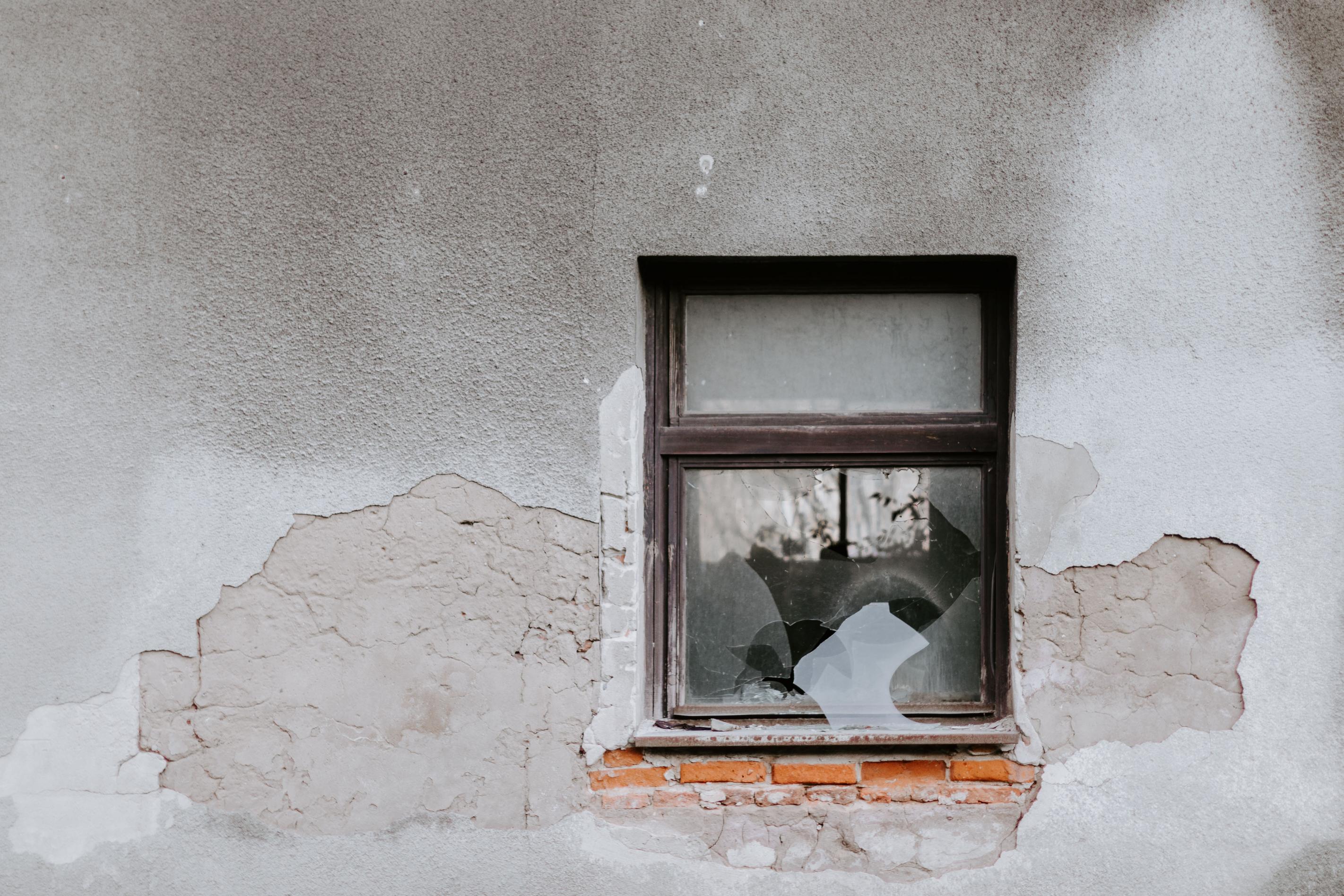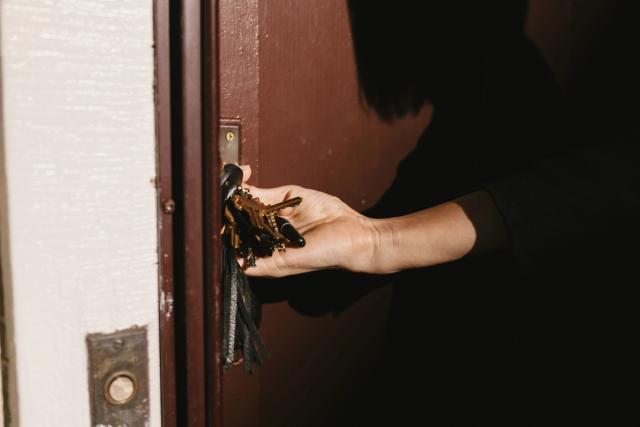
It is beneficial to write a protocol together
The landlord and tenant should go through the residence together both when the tenant is moving in and moving out, and fill out a protocol.

Temaer i denne artikkelen
Moving out
The residence must be returned in the condition upon which it is agreed. If nothing else is agreed upon, the residence should be in the same condition as it was when made available.
The tenant can be held liable if the residence is returned with damages or defects that was not their when he moved in. If the landlord claims compensation, it is up to the landlord to prove that is the tenant that is responsible for the damage or defect.
The landlord is not entitled for compensation for deterioration due to normal wear and tear, or that the landlord himself is obligated to maintain.
In what conditions must the residence be be upon return? The Tenancy Act section 10-3 (Norwegian)We recommend that the parties take pictures both when moving in and out, and write a protocol together. This can be useful if disagreement about a defect or damage should occur. The tenant should also let the landlord know if any damages occur during the tenancy, so the damages does not come as a surprise by the end of the tenancy.
It is beneficial to write a protocol together Damages that occur during the tenancyWear and tear is usually marks that come from ordinary use over time.
What is considered normal wear and tear must be considered specifically. Both the age of the property, how long the tenancy has lasted, the condition of the property before the tenancy started, and how many people who have lived there will be relevant in the assessment.
In the contract it often says what you have agreed to regarding maintenance of the property during the tenancy.
If nothing else is agreed to, the landlord has the main responsibility for maintenance. The tenant is still responsible for certain aspects of the maintenance.
The landlord and tenant's maintenance obligations
The landlord and tenant should go through the residence together both when the tenant is moving in and moving out, and fill out a protocol.

The tenant is obligated to move out when the tenancy or the notice period has expired.

Lost rent means lost rental income in a period where the landlord normally could expect rent. The landlord may claim compensation for lost rent from the tenant.